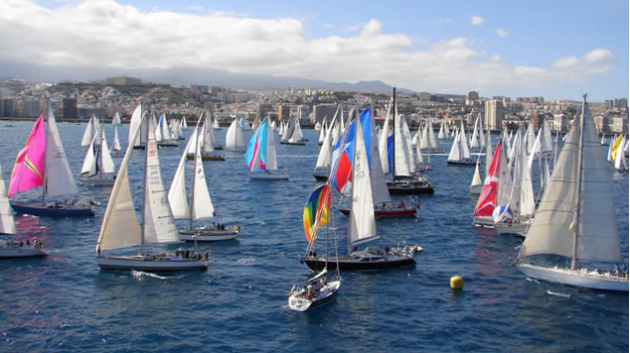The perennial success of Atlantic crossing rally contains lessons on how to make sailing immune from gloom
Participation is the heart and soul of sailing, whatever type you do in whatever kind of boat. Following other people’s endeavours is a sideshow to the real thing, which I think is what explains the sport’s relative imperviousness to recession.
In fact, to many (me included) the word sport doesn’t cover it at all. When you’re really bitten by the bug, sailing is a way of life and dreams of what you could, or might, do under sail can fill a lifetime.
Anyway, that is why I’m not surprised that the ARC transatlantic rally is full again for the next event in November, or even that its over-subscription has become an annual announcement. Crossing the Atlantic is one of the foremost ambitions and achievements for sailors and a dream apparently immune from economic gloom.
I’ve written about this in our June issue, which is currently on sale (you can buy a digital copy of the issue here). The legend of the ARC has become self-sustaining and because the annual entry list fills by spring every year there is starting to be an earlier and earlier stampede for places.
Right now, there are 270 boats entered and 25 more on the waiting list. Typically a couple of dozen will pull out nearer the start, but the marina operators in Las Palmas are looking at installing more pontoons to cope and it looks like the fleet will exceed the previous highwater mark of 234 boats.
The rush for for places gets earlier every year as crews realise that they need to commit as much as a year ahead of the start to be sure of a place. The entry opens 13 months in advance. I’m told there are usually about 50 entries for the next event by the year-to-go mark, and by March or April the cut-off point has invariably been reached.
What’s particularly interesting about the ARC is that a percentage of people taking part are doing it for a second or third time – some more, as German sailor Manfred Kerstan has just signed up for ARC crossing number 18.
A significant portion of skippers buy boats with the ARC and the subsequent Caribbean cruise in mind – and sell them again after their Atlantic circuit. Just as the people often return, so do yachts, in different hands.
In neatly matching sailors with their ambitions and providing high levels of customer satisfaction, it is a partially self-sustaining business. Its continued growth, year on year, refutes a theory that the industry is in general decline: offer people what they want and they will come.
More details from www.worldcruising.com/arc
Follow more sailing news and views from me on Twitter: @elainebunting




